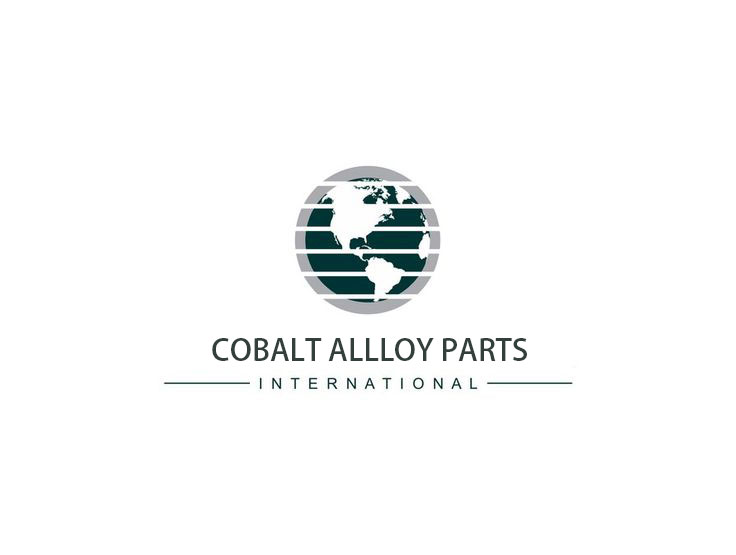
How to Select Materials for Viscose Staple Fiber Cutting Blades
2025-10-29 09:00In viscose staple fiber production workshops, do you face these challenges? During post-processing cutting operations, blades corrode and deform within days; cut fibers shed loose ends and exhibit inconsistent lengths; frequent shutdowns for blade replacement waste labor and slow down entire production lines. Choose SYTOP cobalt alloy cutting blades to solve your problems.
Post-Processing of Viscose Staple Fibers
After forming, viscose staple fibers are not yet finished products. Residual impurities, such as sulfuric acid, sulfates, and sulfur, within the fibers severely compromise their physical properties and dyeability, and may cause color spots or yarn breaks in downstream fabrics. The core task of post-processing is removing these impurities, with the "cutting" step precisely severing continuous fiber bundles into specified lengths.
3 Key Factors for Cutting Blade Selection in Viscose Staple Fiber
Selecting the correct blade material is critical to keeping production stable and product quality high. The three most important factors are:
Acid Corrosion Resistance
Acid residues remain in the post-treatment process. Some blades develop rust spots on their cutting edges after just 3–5 days of use in acidic environments. This not only compromises cutting precision but also transfers rust stains onto fibers, downgrading the final product.
Abrasion Resistance
The abrasion resistance of cutting blades directly determines the continuity of the production line. Poor abrasion resistance leads to rapid dulling, more frequent blade changes, and increased downtime and maintenance costs.
Toughness: Preventing Blade Chipping
During high-speed cutting, microscopic impurities (e.g., hard pulp lumps) occasionally contaminate fiber bundles. If the blade lacks sufficient toughness, it is highly prone to "chipping"—where the chipped edge directly severs fibers, creating "short fibers." In severe cases, this can render an entire batch of fibers unqualified.
Why Choose Cobalt Alloy?
Comparing common blade materials clarifies why cobalt alloy is the mainstream choice for high-precision viscose staple fiber production.
High-Speed Steel (HSS): Entry-level option, suitable only for small-batch production
Standard high-speed steel is the most basic cutting blade material, with a hardness of HRC 55–58. It exhibits weak wear resistance, anti-adhesion, and corrosion resistance. Its advantages include low procurement costs; however, it has a short service life, a high fiber loss rate, and is prone to rust.
Tungsten Carbide Alloy (WC): Suitable for high-hardness fibers
Tungsten carbide alloy offers the highest wear resistance among the common materials (HRC hardness 62–65), with a service life of 45–60 days and excellent corrosion resistance. However, it has poor toughness and is prone to chipping during high-speed operation, making it unsuitable for fine-denier fibers. Additionally, its procurement cost is higher, and the difficulty of sharpening the cutting edge results in increased maintenance costs.
Cobalt Alloy (CoCrW): Suitable for Mainstream High-Precision Production
With a hardness of HRC 58–62, cobalt alloy strikes a balance between toughness and hardness. Its wear resistance is 3–5 times that of standard high-speed steel, with replacement cycles of 30–45 days. Its low surface tension reduces fiber adhesion, minimizing the need for frequent cleaning. It also passes 48-hour salt spray tests, resisting corrosion in high-humidity environments. Its uniform microstructure enables edge grinding precision within 0.01mm, consistently controlling fiber breakage rates below 0.5% for viscose fibers with denier values under 1.2.
Conclusion
The material selection for viscose staple fiber cutting blades fundamentally involves the precise alignment of process requirements with material properties. For most enterprises, cobalt alloy emerges as the preferred choice precisely because it addresses the core challenges of post-processing: acid resistance, wear resistance, and chipping resistance. This ensures the quality of staple fiber while minimizing downtime losses. If you're unsure which material suits your process or would like to request samples of cobalt alloy, please don't hesitate to contact us. We'll help resolve issues like frequent blade replacement and high fiber loss rates.
